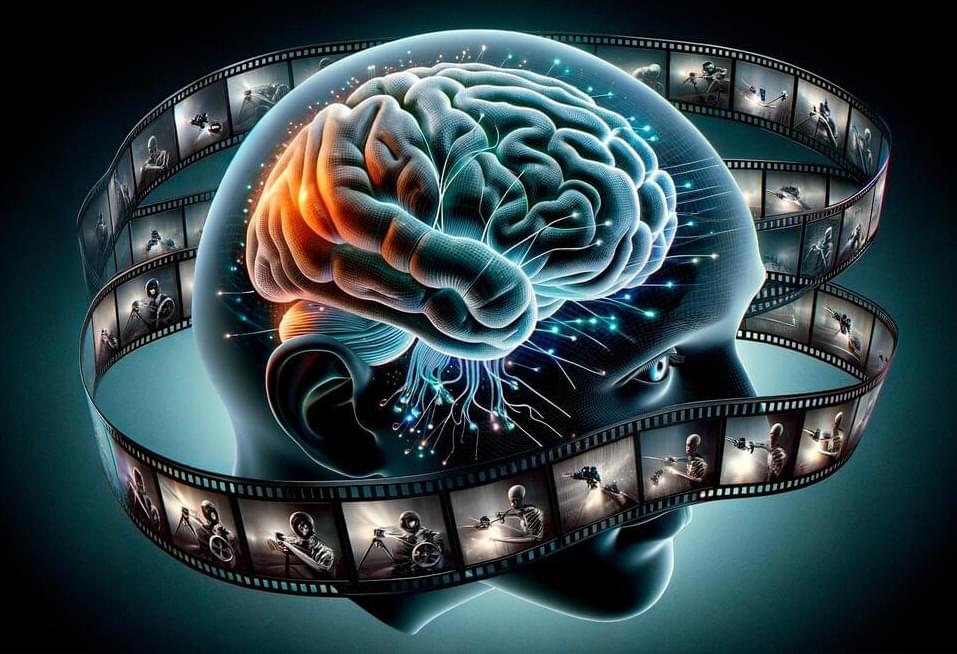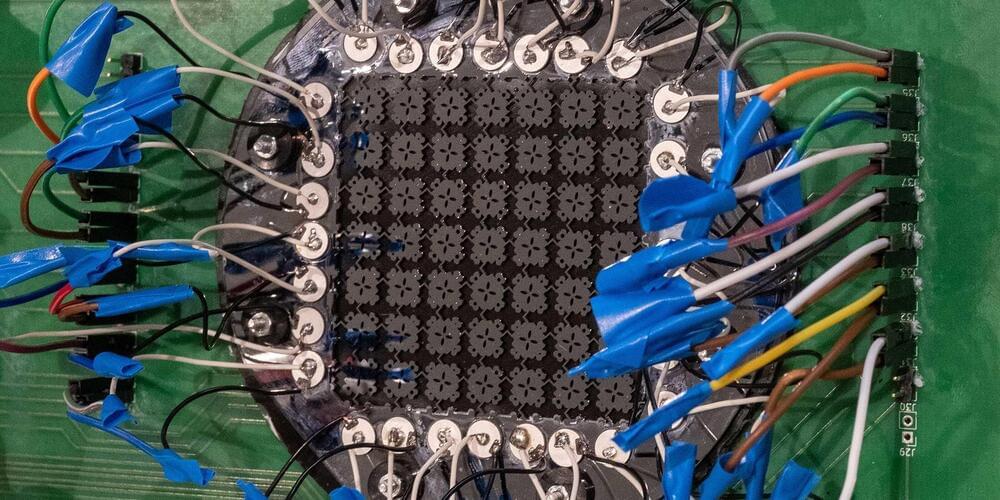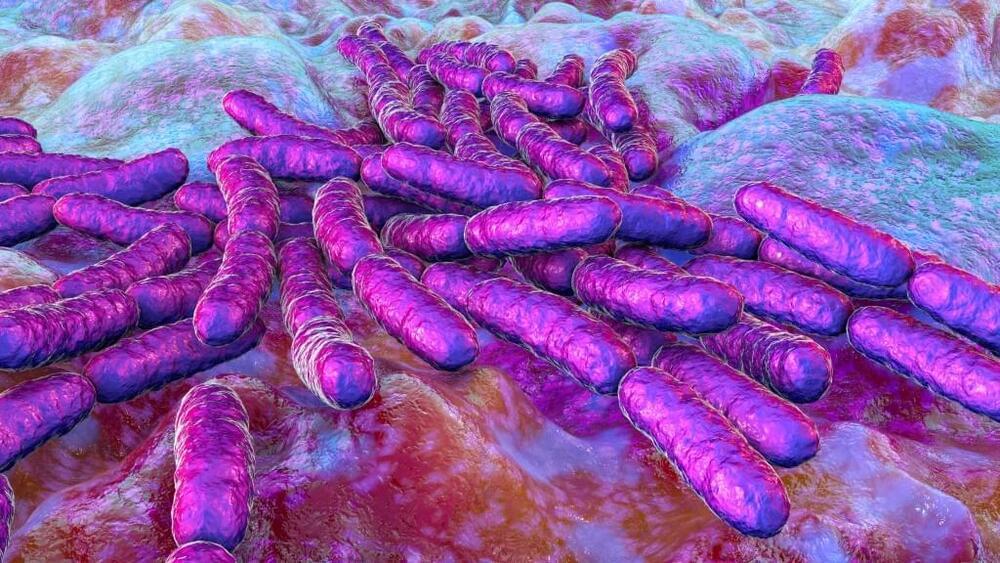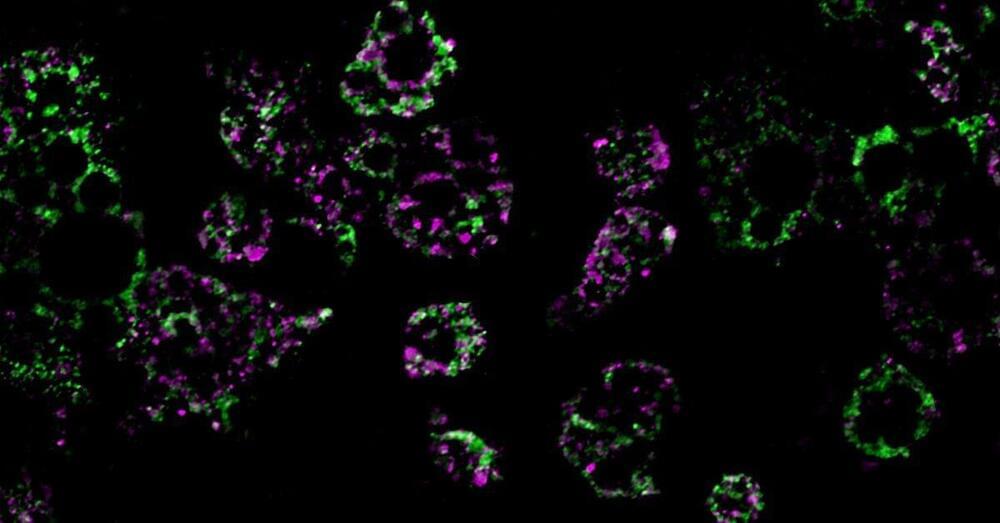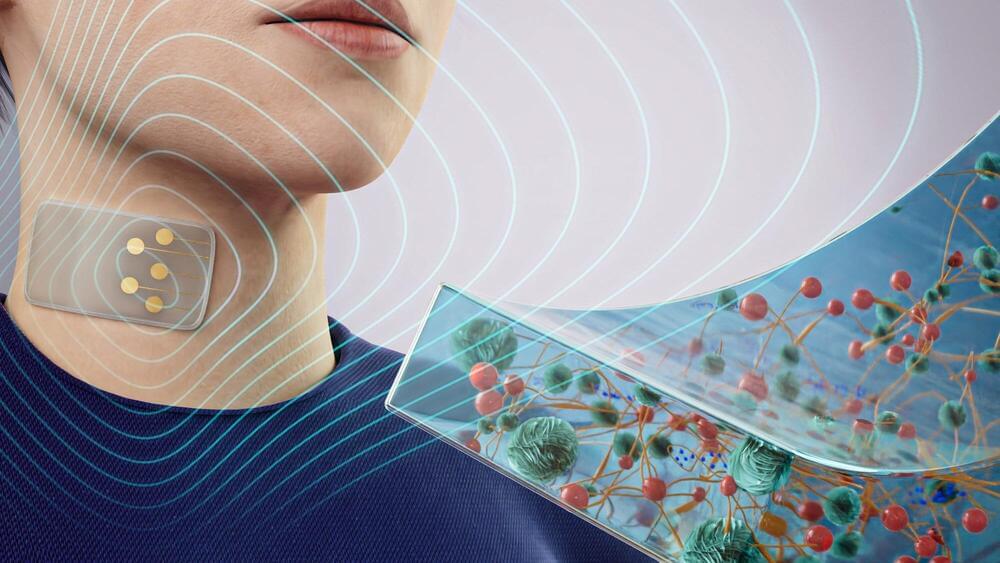A case of the bubonic plague has hit Oregon, and the likely cause was a cat.
Health officials in Deschutes County announced last week that a resident, who has not been identified, had been diagnosed with the plague, in the state’s first human case in eight years. The individual was likely infected by their cat, the department says.
“All close contacts of the resident and their pet have been contacted and provided medication to prevent illness,” said Dr. Richard Fawcett, the Deschutes County Health Services Officer.


